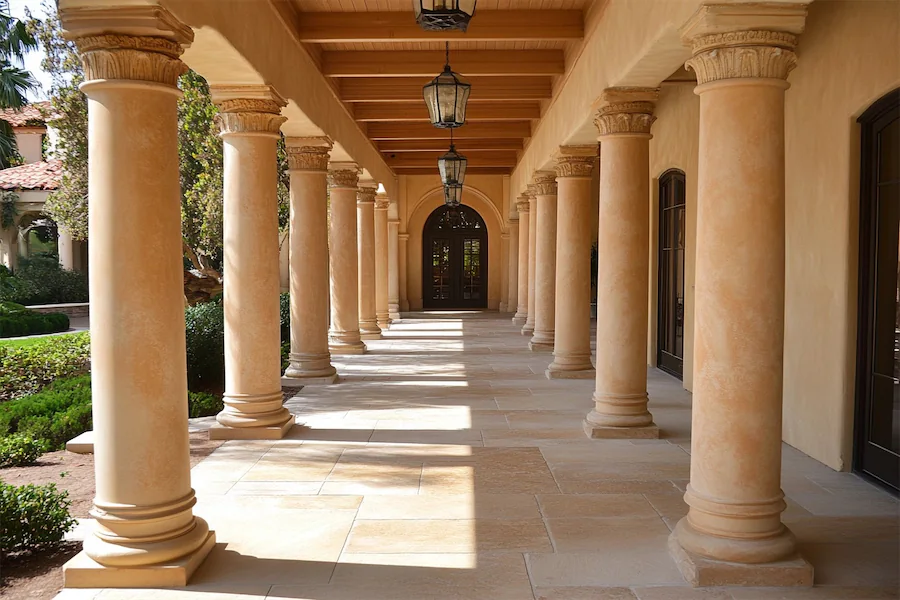Transitional style is a harmonious blend of traditional and contemporary design elements, creating spaces that are both timeless and fresh. Incorporating columns within transitional interiors or exteriors can enhance architectural interest while maintaining a balanced aesthetic.
Introduction to Transitional Columns
In transitional design, columns serve as subtle yet impactful features that bridge classic and modern styles. They are often characterized by clean lines and understated ornamentation, allowing them to complement various design elements seamlessly.
Key Features of Transitional Columns
- Simplicity: Transitional columns typically avoid excessive detailing, favoring straightforward designs that contribute to a clean and uncluttered look.
- Material Versatility: Materials such as wood, stone, or even metal can be used, depending on the desired effect and the surrounding decor. The choice of material plays a crucial role in defining the column’s presence within the space.
- Neutral Palette: Adhering to the transitional style’s preference for neutral colors, columns are often finished in whites, grays, or beiges, ensuring they integrate smoothly with the overall color scheme.
Applications of Transitional Columns
- Open-Concept Spaces: Columns can delineate areas within open floor plans without the need for solid walls, maintaining an airy and connected environment.
- Entryways and Porches: In exterior applications, columns support porches or porticos, enhancing curb appeal with their understated elegance.
- Interior Accents: Within living rooms or dining areas, columns can frame spaces or highlight architectural features, adding depth and interest.
Considerations When Incorporating Transitional Columns
- Proportion and Scale: Ensure that the columns are proportionate to the space and other architectural elements to maintain visual harmony.
- Material Consistency: Select materials that complement existing finishes and textures within the space to achieve a cohesive look.
- Functional Integration: While serving aesthetic purposes, columns should also meet any structural requirements, providing necessary support where needed.
Conclusion
Transitional columns offer a versatile design solution that enhances spaces by merging traditional and contemporary elements. Their understated elegance and adaptability make them suitable for various applications, contributing to interiors and exteriors that are both inviting and sophisticated.
